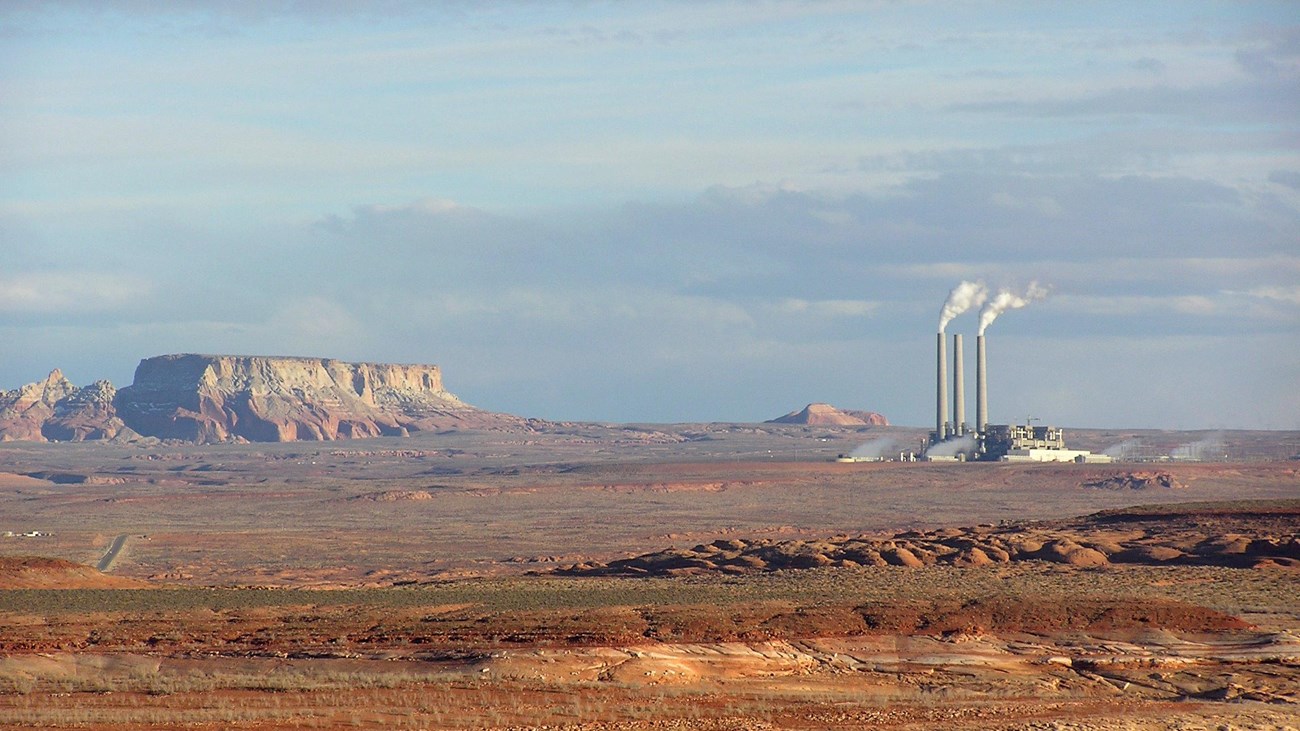|
Pinnacles National Park typically has very good air quality. Occasionally, north winds and a persistent inversion layer draw air pollutants from the Santa Clara Valley into the Park. The NPS Air Quality Office and EPA established a monitoring station near the east entrance in 1987. An air clarity study (uing a transmissometer) has been completed, and particulate and ozone monitoring continues. Despite the occasional hazy days, the air quality at Pinnacles is a defining feature of the Park and an important resource. Park managers work closely with the state and the Environmental Protection Agency to prevent future and eliminate existing visibility impairment at Pinnacles by participating in regulatory decisions (e.g., air quality permits, plans, and rules). They also work cooperatively with State and private interests to resolve air quality-related resource conflicts and ensure that identified vistas (and any future vistas similarly identified) are adequately protected. The Park began visibility monitoring in 1986 with the installation of an automatic camera at the Chalone Peak Lookout. The camera location was changed a year later to monitor visibility conditions looking towards the High Peaks. In 1987, particulate and ozone monitoring equipment was installed at an indoor station near the east entrance to the Park. Meteorological parameters monitored include wind speed and direction, temperature, dew point, solar radiation, and precipitation. In 1988, remote visibility began to be monitored with the installation of a transmissometer. The transmissometer was removed in 1993. 
Clean Air in National Parks
Learn more about why clean air is important and find air quality reports for National Parks across the country. |
Last updated: September 17, 2019
